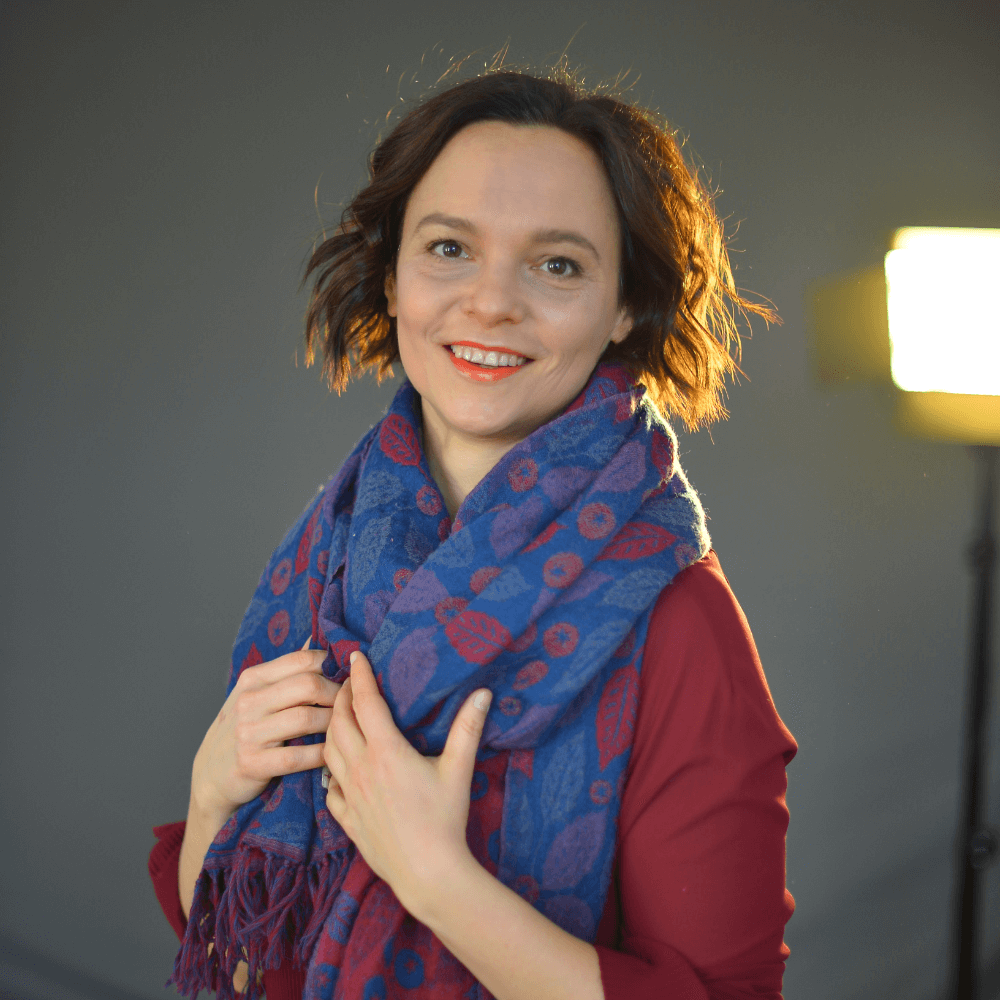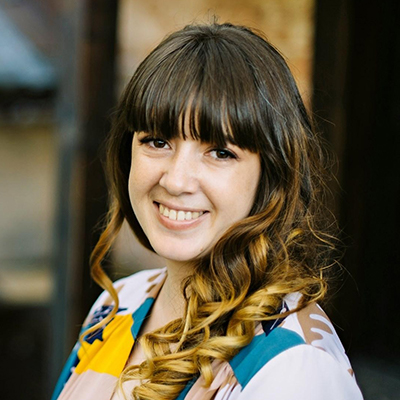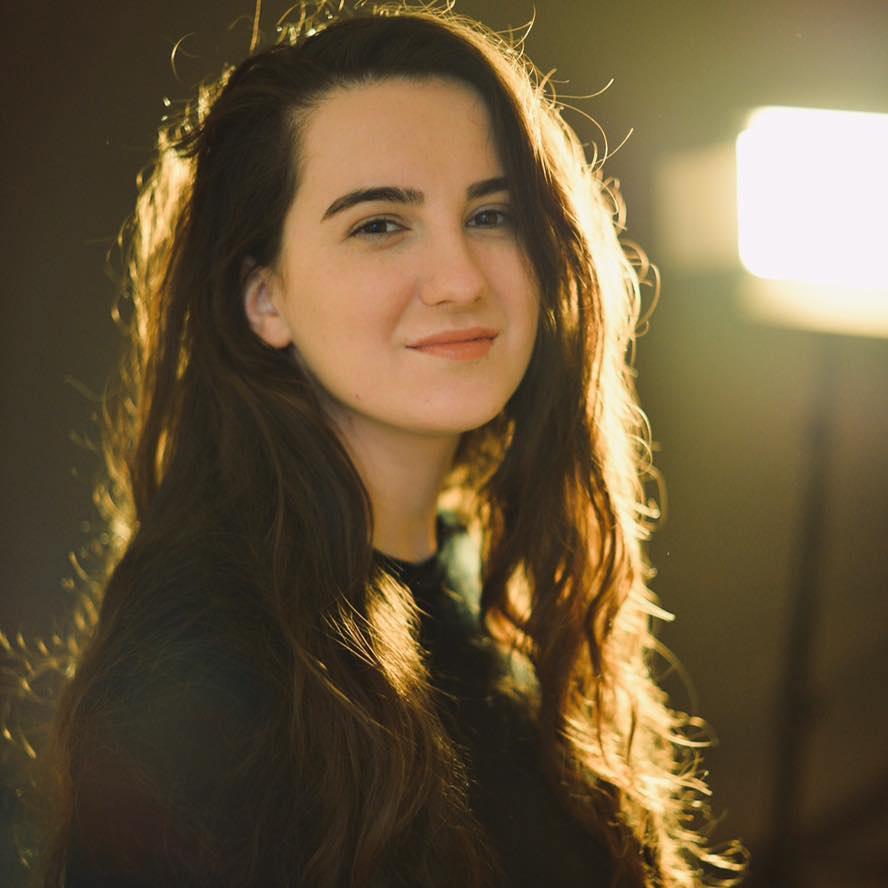In 2016, the Ukrainian government introduced policies to facilitate enrollment in Ukrainian education institutions for applicants from Crimea and ORDLO. In the first years, they could benefit from such preferential admissions only at several dozen universities, but in 2020, it was extended to all the country’s universities. In our study, we analyzed the admissions procedures for the children from the temporarily occupied territories and identified several critical points that could impede their access to Ukrainian education.
TOT – the temporarily occupied territories
ORDLO – the temporarily uncontrolled territories of Luhansk and Donetsk regions
ZNO – external independent evaluation in Ukraine
Enrolling applicants from the temporarily occupied territories in Ukrainian education institutions is a part of the strategy of de-occupation. It should help put the young people from Crimea and ORDLO into the Ukrainian context. It could also be a step forward in terms of global talent competitiveness. In our previous article, we showed that the scores of the students from the TOT are not lower than those of other students, and that they are very motivated.
How many school leavers from the TOT come over to apply to Ukrainian universities?
We do not have confirmed information about how many children graduate from schools in the occupied territories, how many continue their studies at the local universities or go to Russia. According to the mass media in the occupied territories, 10.5 thousand 11th-graders finished school in 2020 in Crimea, with over 8 thousand in the occupied territories of the Donetsk region and over 5 thousand in the Luhansk region. For comparison, the number of school graduates in the government-controlled areas was over 200 thousand.
According to the Unified State Electronic Database on Education (USEDE), this year about 3 thousand children from the TOT enrolled in Ukrainian universities, which is 13% of the local school graduates. According to the Ministry of Education and Science, a little over 2 thousand of them benefitted from the simplified admissions procedure under a special quota for children from the TOT (Quota 2).
Although 12,755 places were allocated under Quota 2, nearly 1.7 thousand students did not benefit from it, enrolling on a competitive basis (according to USEDE). Of these, 881 students are studying on a contract basis. 298 contract students entered the universities after the first admissions wave was over (i.e. during the second wave, until October 23). According to the Ministry, these students could be transferred to the state-funded places.
The quantitative part of our study is based on the USEDE data. The database contains information about 1,284 students enrolled under Quota 2. At the same time, the MoES informs about 2,026 children who used the quota. We think that the discrepancy has to do with an imperfect process when some children are first enrolled on a contract basis and then transferred to the state-funded places under Quota 2. Specifically, the entire second wave of the applicants from the TOT (August 22 – October 23) enrolled under this scheme. Below, we took into consideration only the students enrolled under Quota 2 in the first wave, as provided in USEDE.
What universities do the children from the TOT enroll in?
Most of the students coming from the TOT enrolled in the universities of the Luhansk and Donetsk regions, adjacent regions, Kyiv, Odessa and Lviv. Most students enrolled in the same regions under Quota 2 (Figure 1).
Figure 1. Number of students from the TOT enrolled in the universities in 2020, by region


Source: The Unified State Electronic Education Database, data as of Dec. 22, 2020, the authors’ calculations
The popularity of the universities located near the line of contact can be due to several reasons. First, the applicants may be trying to stay closer to their place of residence, because it is logistically cheaper. Second, perhaps they want to study where they have more of their “cronies”, for fear of being treated negatively. Most of the internally displaced persons in Ukraine also get registered in the Donetsk, Luhansk, Kyiv and Kharkiv regions. The students may not be aware of the preferential admission opportunities at other universities, or they may have difficulty figuring out how to benefit from the privileges.
“I applied on a quota basis as someone having registration in Donetsk region. There were many difficulties because I was there during quarantine, I didn’t know when to go to do ZNO. Then, Zelenskyi announced a simplified admissions system for children from the TOT. It was unclear, if I passed ZNO tests, whether I’d be able to enroll under the simplified system.” – a student, 19.
Source: in-depth interviews with the students from the TOT, the report “Through the thorns to knowledge. Evaluation of the implementation of the state support for applicants to Ukrainian universities from Crimea and occupied territories of Donetsk and Lugansk oblasts”
Chronology of legislative changes
Preferential admissions for applicants from the occupied territories were first introduced in 2016. At the time, the admissions requirements for applicants from Crimea and ORDLO were different. Quota 2 was introduced for Crimeans, offering a simplified admissions procedure (exams taken at the university if the applicants did not take ZNO tests) to authorized higher education institutions. Applicants from ORDLO could only apply using simplified admissions procedure to universities in the Donetsk and Luhansk oblasts and the relocated education institutions on a competitive basis, not under a separate quote.
In July 2020, Parliament passed Law 744-IX establishing uniform admissions rules under a simplified procedure for children from Crimea, and extended Quota 2 for children from the occupied parts of the Donetsk and Lugansk regions to all universities and colledges. To ensure access for applicants from the occupied territories under a simplified procedure, all the universities should to create the “Crimea-Ukraine” and “Donbas-Ukraine” educational centers.
Since the changes were passed during the admissions process, not all universities were able to create the educational centers. Currently, such educational centers function only at 195 institutions of higher and pre-university education (colleges, technical and medical schools). This is about a third of their total number (according to the State Statistics Service, there were 281 universities, academies, institutes and 338 colleges, technical schools, training schools in 2019-2020).
How does the simplified admissions procedure work for applicants from the TOT?
Under current rules, there are two ways for applicants from the TOT to enter Ukrainian universities: on a competitive basis (they need to graduate from a Ukrainian school and pass ZNO tests) or under a simplified procedure, gaining the places under Quota 2 (Scheme 1).
Scheme 1. Admissions procedure for applicants from the TOT in 2020

Under the simplified procedure, instead of finishing school and passing ZNO tests, it is possible to sit the exams in Ukrainian and history of Ukraine at a school having an agreement with the educational center, and a major subject exam at the university. Those applicants who have a Ukrainian school certificate but did not take ZNO tests need to pass three exams at the university. The applicants having ZNO scores can use them to apply for admission under Quota 2.
The main difference is that when competing on the same basis as others, the applicants can apply to a maximum of 5 specialties at any higher education institutions (it is thus possible to select a maximum of 5 educational institutions); under Quota 2, it is possible to apply for a maximum of 5 specialties at only one educational institution – the one at whose educational center the applicants sat the exam. Therefore, in order to ensure enrollment, children from the TOT sometimes choose weaker universities than their level of knowledge would allow them to enter, or enroll on a contract basis to get transferred to the state-funded places later, with the approval from the Ministry of Education and Science of Ukraine (MoES).
Scheme 1 shows that the applicants from the TOT have two critical points, where admission to Ukrainian higher education institutions does not completely depend on them.
The first point is an admissions application to a Ukrainian school that has to be submitted by the parents before the child reaches the age of 18. If they have anti-Ukrainian views, the child loses the opportunity to receive a Ukrainian school education. In this case, in order to enroll in a Ukrainian university, the child is forced to use a simplified procedure for obtaining a certificate of completion of general secondary education under Quota 2 (right part of Scheme 1).
The second critical point is the entrance exams to a higher education institution under the simplified admissions procedure. They are organized by the institution and their assessment greatly depends on the examiners’ attitude and desire to accept as students the applicants from the temporarily occupied territories. Besides, in the case of the competition for the budget-funded places under the quota, there is a risk that the organizers of the exams would take bribes for assigning a higher score.
“The Admissions Committee [said:] “You see, your granddaughter will never get into a budget-funded place with us, we have a very big competition. You need to accept it and put up with it. Find another university. No matter how hard she was preparing, it’s an external school…”- female student, 17..
Source: in-depth interviews with the students from the TOT, the report “Through the thorns to knowledge. Evaluation of the implementation of the state support for applicants to Ukrainian universities from Crimea and occupied territories of Donetsk and Lugansk oblasts”
Figure 2. Distribution of the last digit of the exam scores in Ukrainian of the applicants under Quota 2 and all other applicants

Source: The Unified State Electronic Education Database, data as of Dec. 22, 2020, the authors’ calculations
Figure 2 shows that the distribution of the last digit of the grades on the Ukrainian language exam of the applicants under Quota 2 differs from the distribution of the grades of all the other applicants (most of them enrolled based on their ZNO results). Specifically, about 35% of the scores of the applicants under Quota 2 end in a zero, with only 12% in the case of the other students. The scores ending in a 5 are also found more often with the Quota 2 applicants than with other applicants. This may be due to the fact that the exams are assessed by the examiners rather than automatically, and they round the scores for simplicity reasons. In any case, this places the children taking ZNO tests in an unequal position with those who take exams at the educational centers. Because a few tenths of a point can be important for admission.
Proposal on the admissions procedure for applicants from the TOT
We think that children from the TOT should have easier access to Ukrainian secondary school education and that the risk of biased assessment during the exams conducted at the universities’ educational centers should be eliminated – the proposed changes are marked in green in Scheme 2.
Scheme 2. Admissions process proposal for applicants from the TOT

Table 1. What will change for children from the TOT, the authors’ proposals
| Sphere | Current state | Proposal |
| School education | Not possible to study at a Ukrainian school if the parents do not support it | Possible to receive Ukrainian school education in the free attendance format |
| Access to ZNO | Not possible to take ZNO tests without a Ukrainian certificate of secondary education | Possible to take ZNO tests based on the birth certificate and receive a certificate of secondary education based on ZNO results |
| Entrance exams | To apply for admission, it is necessary to pass the exams at a school affiliated with the university, and/or at the university itself | Exams are conducted at an independent assessment center |
| Exams format | Each university independently decides on the format of entrance exams: interview, written exam, testing | Testing analogous to ZNO tests |
| Assessment of results | The applicants’ level of knowledge is assessed by examiners | Automatic (computer) assessment of the applicants’ knowledge |
| Logistics | Entrance exams must be taken in the city where their desired university is located | The exams are taken in the cities located near the line of contact. |
| Choosing the university | Possibility to apply under a simplified procedure to a maximum of one university and five specialties | Possibility to apply under a simplified procedure to a maximum of 5 specialties at 5 universities |
We propose that the children who do not have their parents’ support for studying in Ukrainian schools be allowed to do “free attendance” (distance learning) at a Ukrainian school without their parents’ application and without obtaining a certificate upon completion of study.
We think it advisable to give the children an opportunity to take ZNO tests regardless of whether they studied at a Ukrainian school, and if not – obtain a certificate of secondary education under a simplified procedure based on their ZNO results. This way, they will be provided with an objective assessment of their knowledge and will be able to enroll on a competitive basis in five universities, not just one.
If the children from the TOT are unable to make it to ZNO tests (because the occupation authorities often block exit from the TOT on the eve of the exams), it makes sense to offer them to apply under a simplified procedure, under Quota 2. At the same time, we suggest that testing at independent assessment centers replace the exams at the universities. Such testing centers should be located near the checkpoints. The children could take exams analogous to ZNO tests there, with automatic scoring.
In this case, all universities, society and, most importantly, applicants from the temporarily occupied territories would have trust in the scores they receive and understand that assessment is done according to the same grading scale. It would also enable them to apply to five universities.
If the number of the universities where the applicants can apply for admission becomes five, their chances to gain budget-funded places will increase considerably. Therefore, the nontransparent process of enrolling students on a contract basis and then transferring them to state-funded places loses its meaning.
Will it be more expensive for the state? According to the MoES, the average cost of a student in a state-funded place is UAH 43,000. That is, if the 2020 quota had been filled by 100%, it would have cost around UAH 548 million a year or 1.2% of spending on higher education in 2020. It would enable about a half of the school leavers from the TOT to get enrolled. This year, the total number of the students from the TOT was four times smaller.
During the interviews, most applicants said that a big barrier to enrollment in Ukraine is their families’ income. The costs incurred during the admissions process (travel and lodging) can amount to UAH 15-25 thousand. Most applicants do not take the risk of traveling to the occupied territories and back because they may not be let out again to take exams. Therefore they look for an opportunity to live in the government-controlled areas during the entire admissions process.
“Some people can’t afford to come even once, let alone travel on a regular basis. Good information is in short supply that would make it possible to not spend [much] money which is not enough anyway.“- student, 21.
“During the admissions process, I had virtually no place to live. I lived at my friends’ place for a while, then hiked for a few months all over Ukraine and lived in a tent.” — student, 19.
Source: in-depth interviews with the students from the TOT, the report “Through the thorns to knowledge. Evaluation of the implementation of the state support for applicants to Ukrainian universities from Crimea and occupied territories of Donetsk and Lugansk oblasts”
State support in the form of providing free lodging at dormitories during the admissions process would greatly facilitate the exams process for applicants from the TOT and broaden the range of higher education institutions. It would not cost too much for the state either – a dormitory place is UAH 300-1000 per month.
Why is it important to encourage students from the TOT to study at Ukrainian universities? If we do not renounce the occupied territories, we should use every opportunity to strengthen ties between people from both sides of the line of contact. Studying is one such opportunity. During their studies, the young people are at least in the Ukrainian information space and not under the influence of Russian propaganda. And at least with regard to them, the Ukrainian state can exercise its constitutional duty of protecting their rights.
The article is based on the report “Through the thorns to knowledge. Evaluation of the implementation of the state support for applicants to Ukrainian universities from Crimea and occupied territories of Donetsk and Lugansk oblasts” created as part of the German Ukrainian Researchers Network (GURN) project, with financial support from the Foreign Office of the Federal Republic of Germany. The project is implemented at the initiative of the Institute for European Politics (Berlin) together with the Ilko Kucheriv Democratic Initiatives Foundation, New Europe Center and Think Twice UA. The contents of the material are the exclusive responsibility of VoxUkraine and do not necessarily reflect the position of the Federal Foreign Office of Germany. The material was selected as part of the research projects contest held under the GURN project by the Institute for European Politics in close collaboration with the Ilko Kucheriv Democratic Initiatives Foundation. The report is based on data from MoES, USEDE, and in-depth interviews with students from the TOT, university and MoES representatives.
Attention
The authors do not work for, consult to, own shares in or receive funding from any company or organization that would benefit from this article, and have no relevant affiliations





